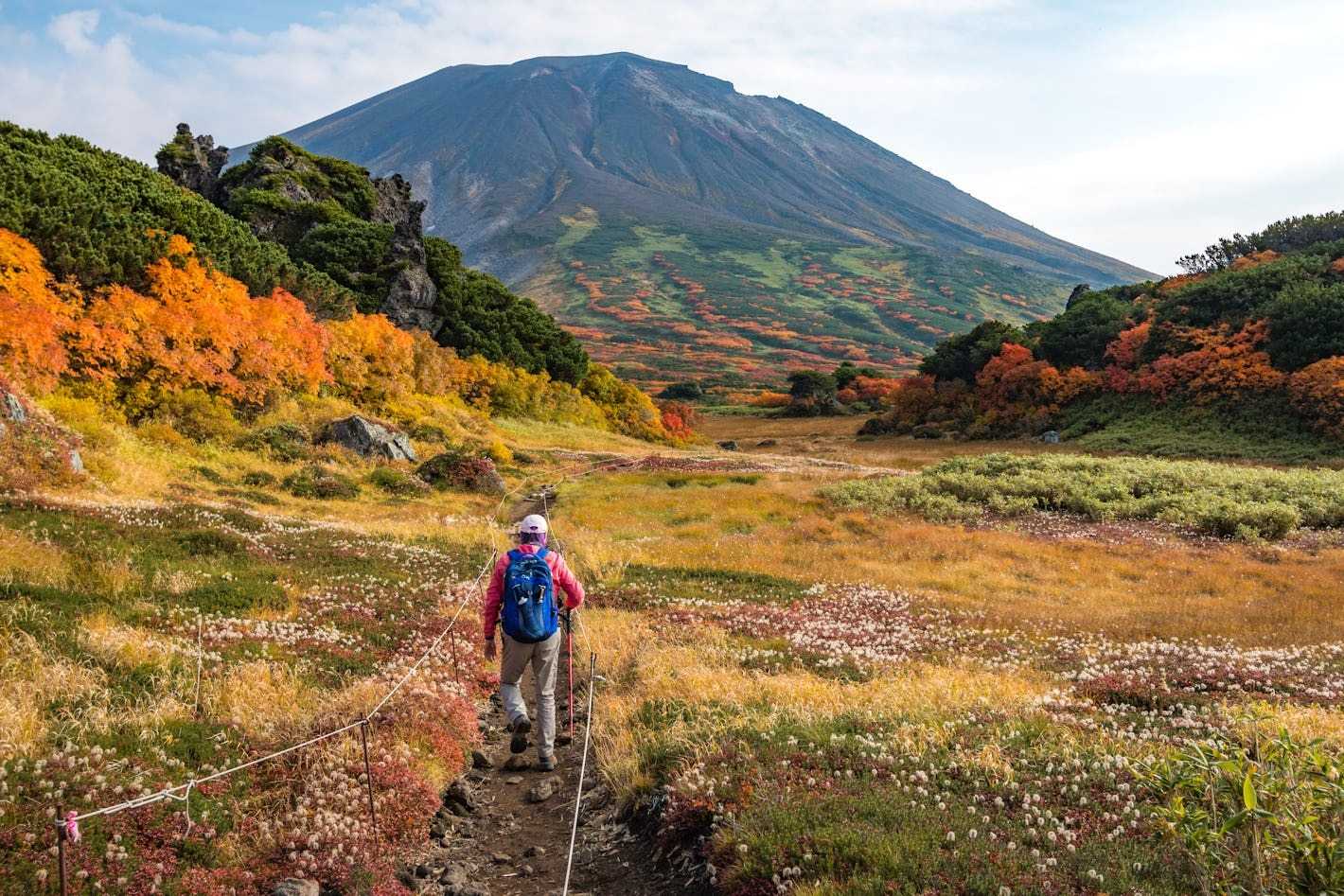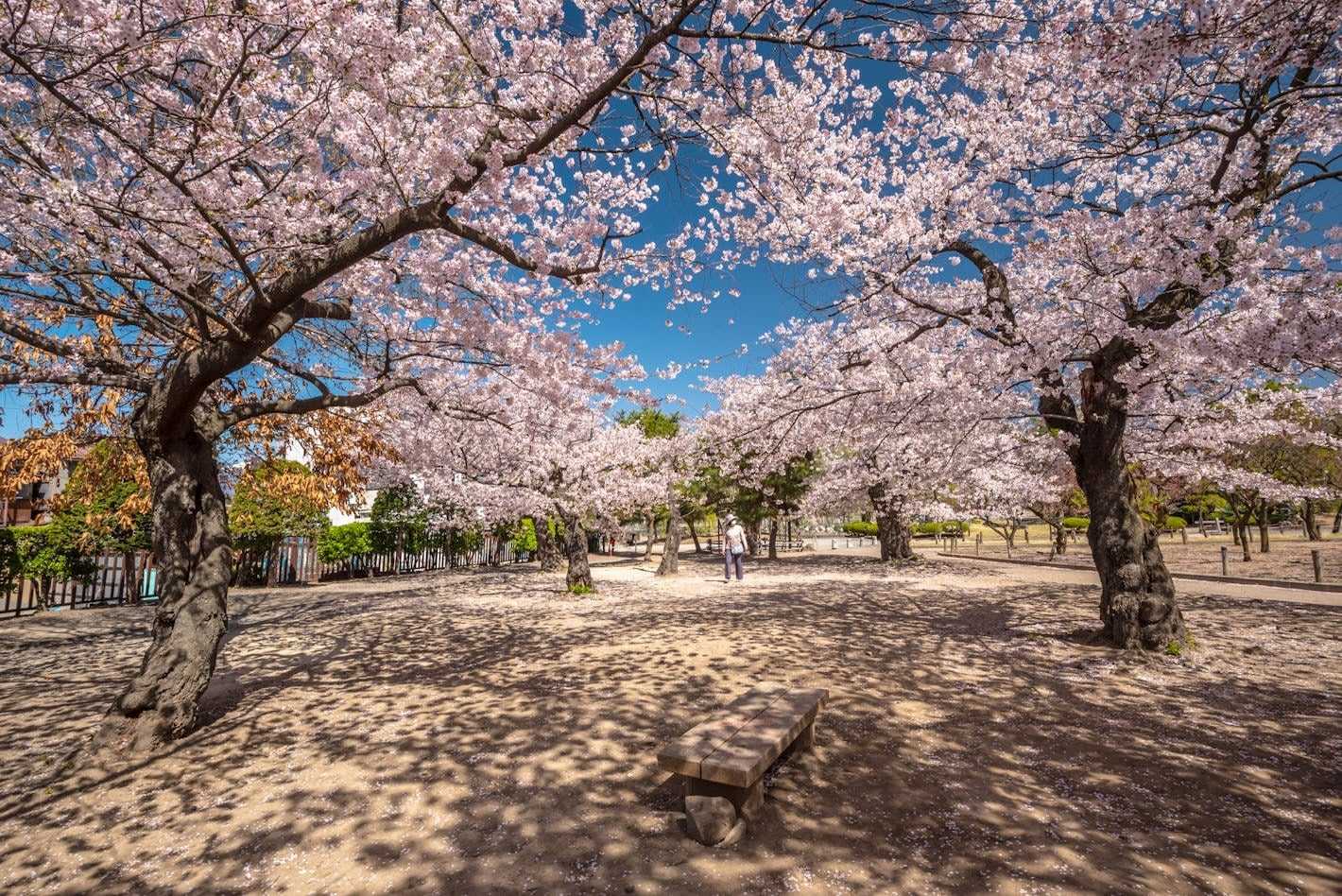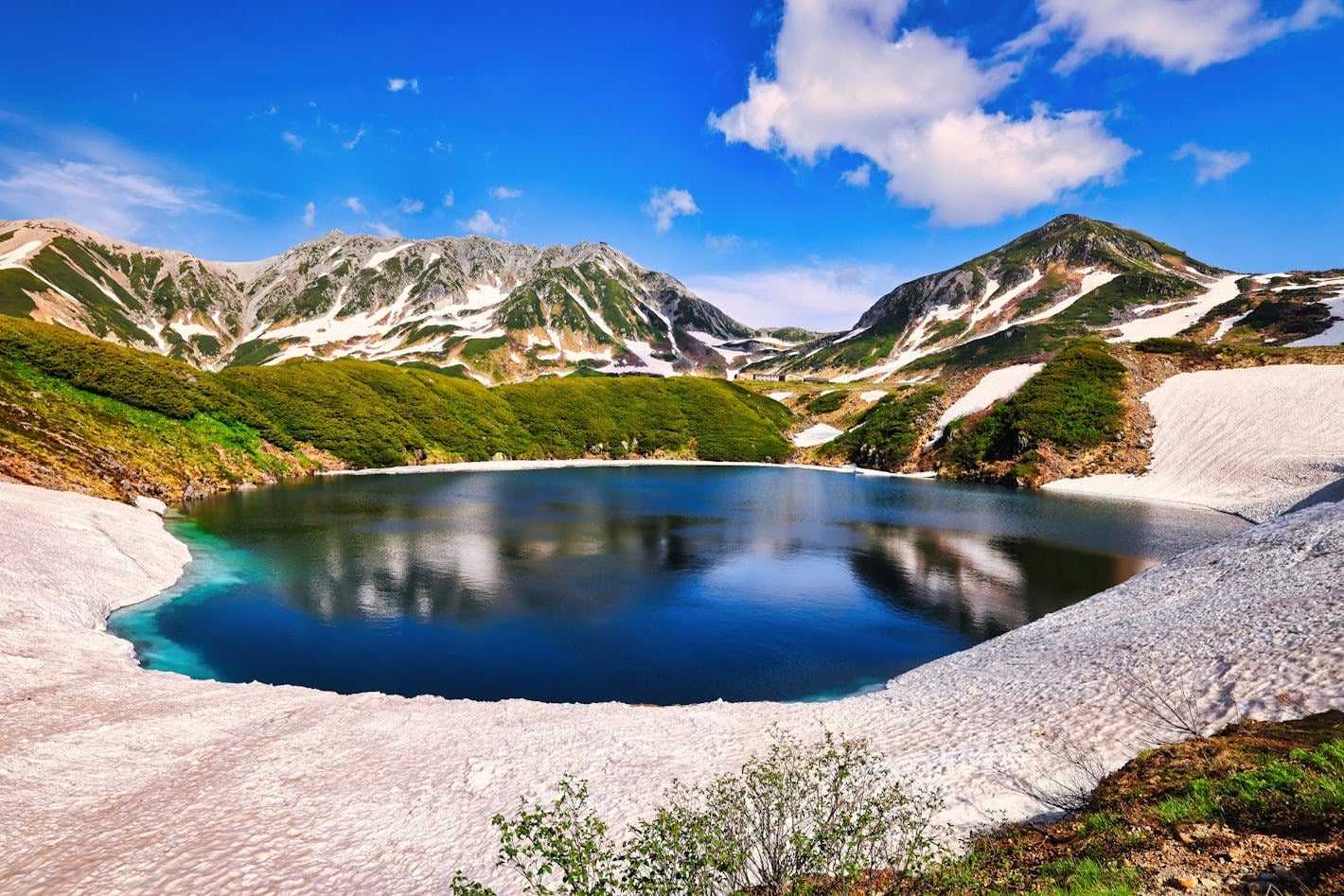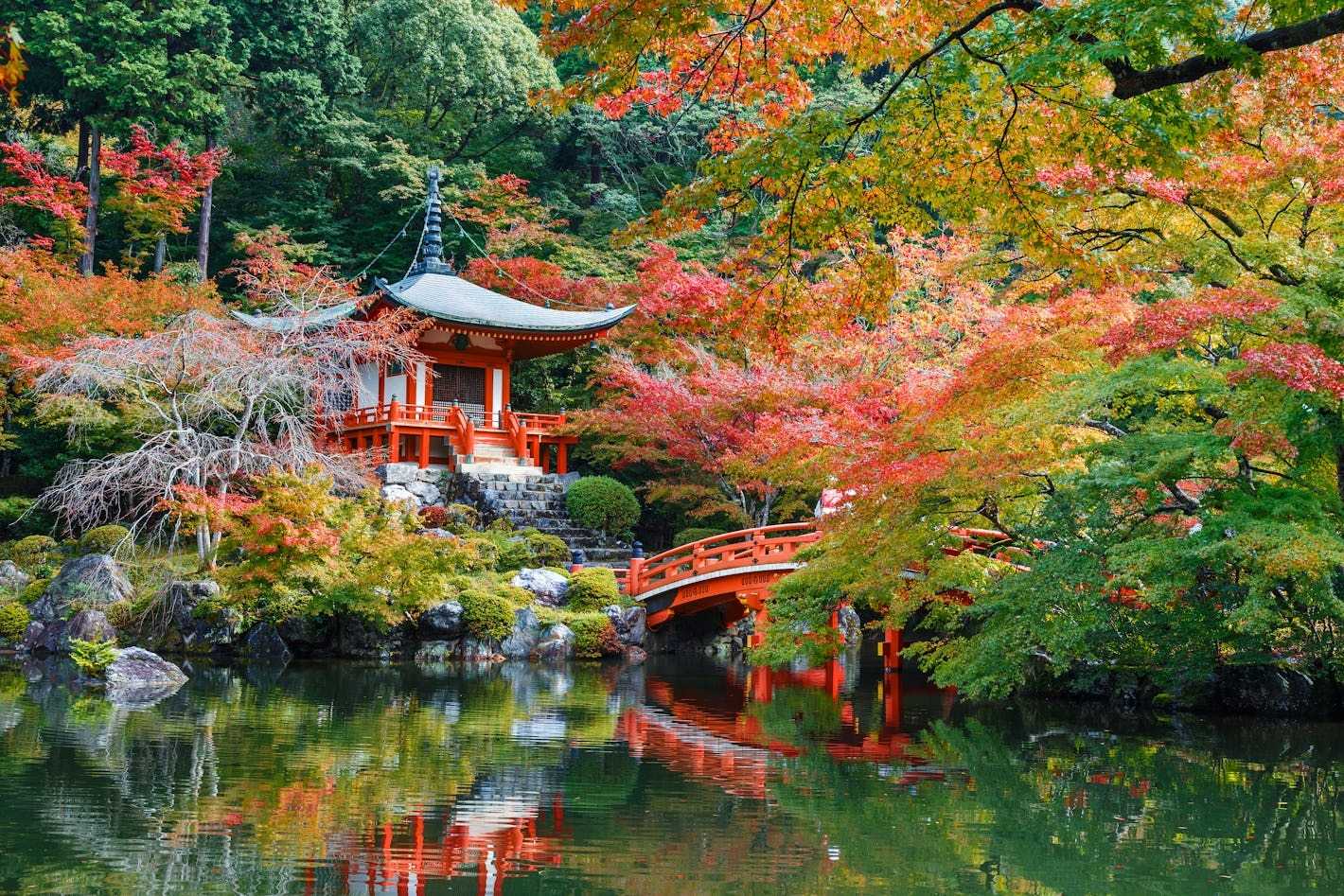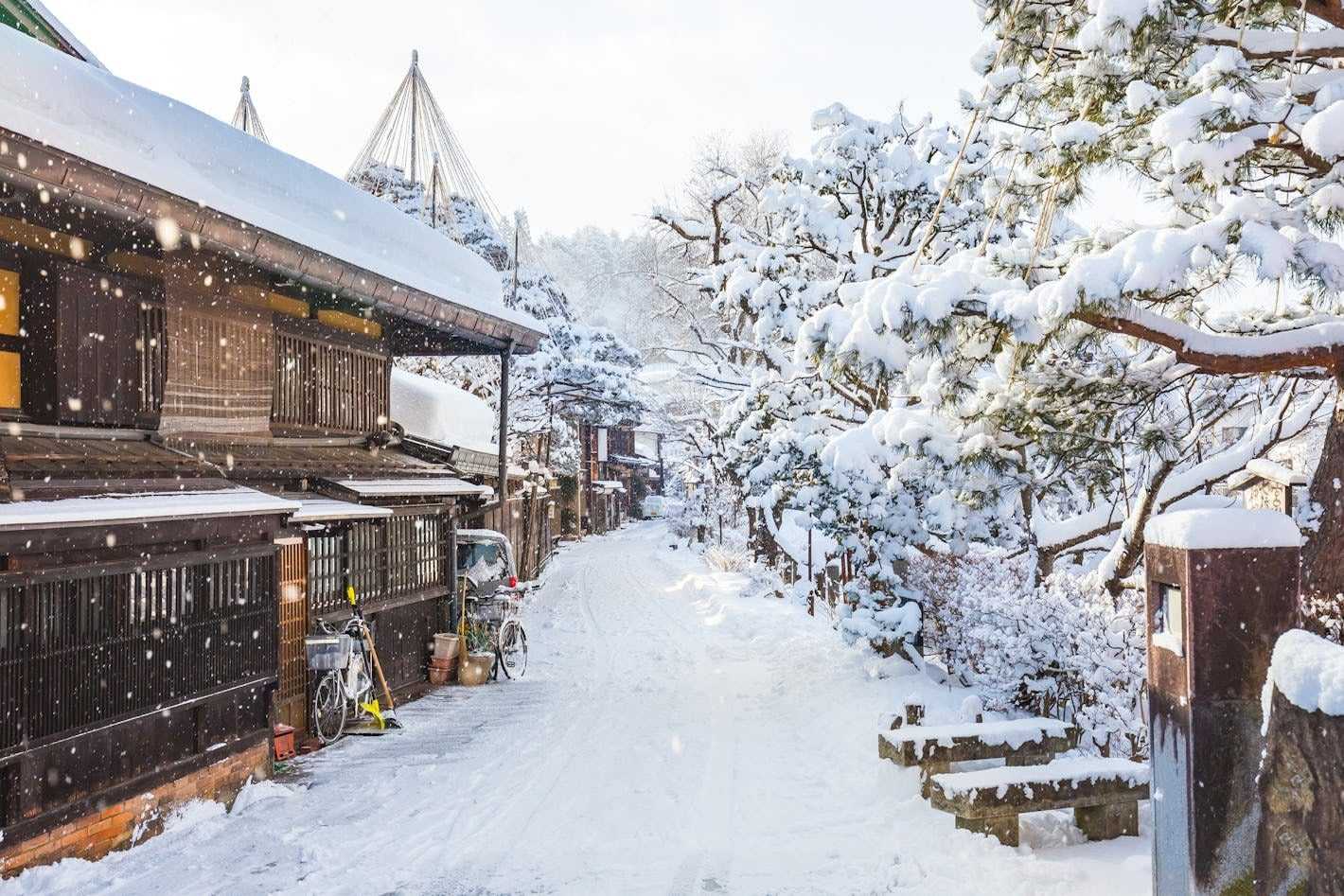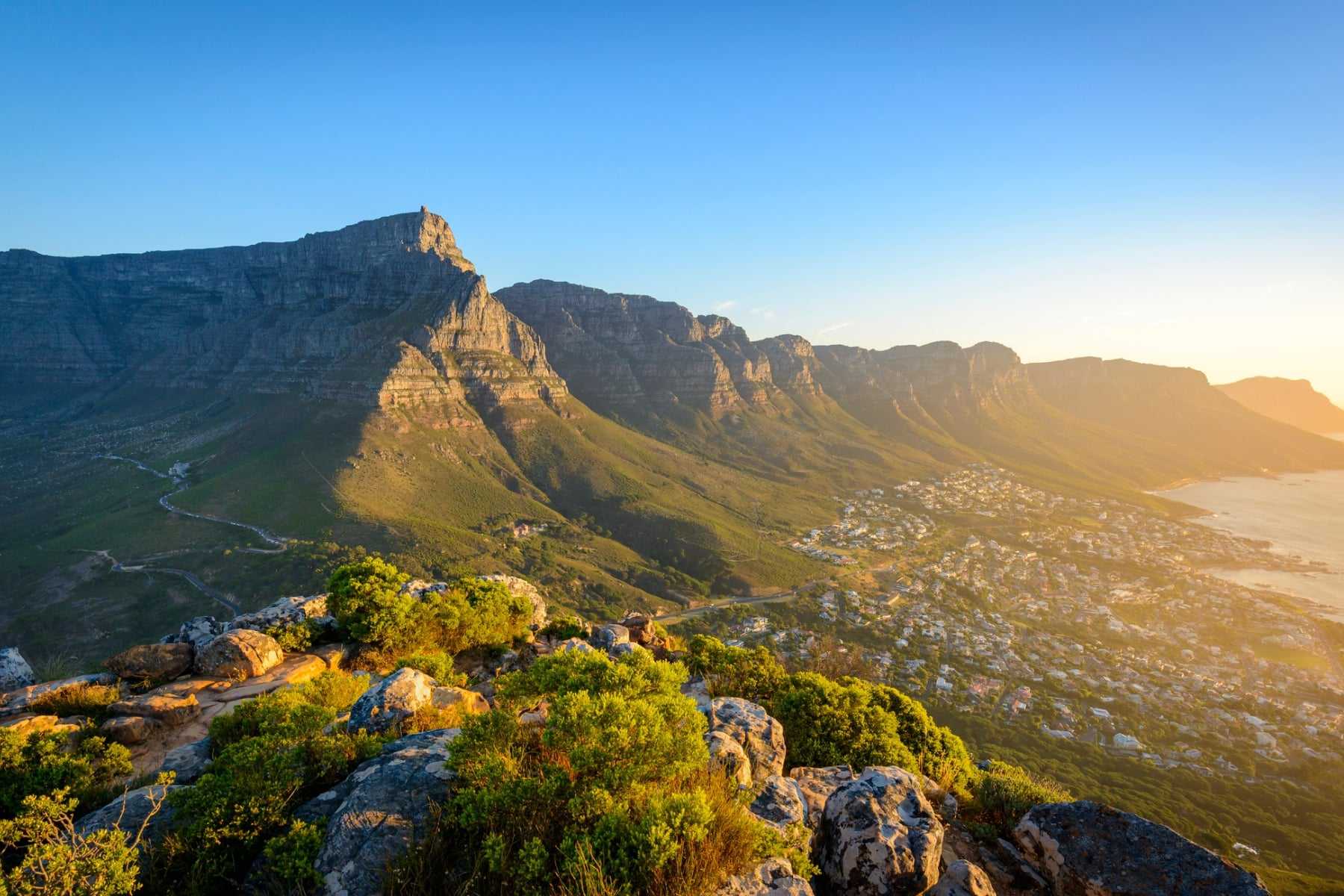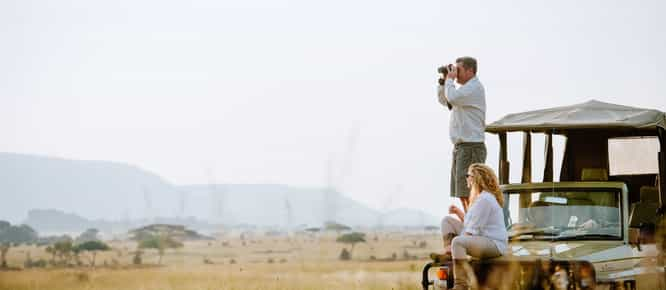Spanning thousands of islands, from mountain towns to seaside idylls, and equalling the length of the continental USA, it’s safe to say that Japan is among one of the most diverse countries in the world. While its formidable size means there are certain regional differences when it comes to the weather, the seasons in Japan are relatively easy to keep track of and plan around. When choosing when to visit Japan, it really depends on the activities and scenery you want to enjoy, so read on for our guide on deciding when to go.
Haru / Spring (March to May)
Springtime is the most popular season, largely due to the blooming of cherry blossoms (sakura), which takes place between late-March and early-April, although the blossoms can arrive as early as January in southern Japan. Numerous other flowers bloom during this time and most of the country enjoys a temperate climate, making it ideal for strolls through Japan’s picturesque gardens and parks. You can even enjoy hanami (picnics) beneath the cherry blossoms, and enjoy sakura-themed street food at one of the many festivals. It’s also a fantastic time to visit the flower fields of Hokkaido island.
This is a busy time for Geisha and there are multiple opportunities to see the unique artform. However, be aware that this is peak tourist season so popular sights can become crowded, especially in locations like Tokyo, Kyoto and Hiroshima. In late spring, there is a period of consecutive public holidays known as Golden Week, which is best avoided as accommodation and transport reach their maximum capacity.
Natsu / Summer (June to August)
Long days in summer allow for plenty of time to sightsee, however, it’s important to remember that there is excessive rain between June and mid-July across most of the country, and the humidity levels are also high. On the other hand, it’s a great time for making the most of Japan’s beaches and mountain retreats. The official climbing season for Mount Fuji begins in early July and continues until early September.
When the weather plays ball, this is a fantastic time to celebrate with the local people at a festivals. Choose from the fireworks festival or Kyoto’s purification festival of Gion Matsuri in July, one of Japan’s Three Great Festivals, and end off with the Obon festival’s traditional music and folk dances.
Late summer also marks the beginning of typhoon season, which may affect transportation and planned activities, especially areas in southern Japan like Okinawa and Hiroshima.
Aki / Autumn (September to November)
September falls into peak typhoon season, which will definitely play a factor in your travel plans, especially if you’re exploring the south. However, from late-September to November, Japan is a feast of rusty red, orange and yellow foliage that colours the countryside and gardens and is a beautiful sight. This is an especially popular time for hikes and train rides to take in the scenery, and it’s also a great time for foodies to visit, thanks to the abundance of freshly-harvested produce.
Fuyu / Winter (December to February)
During the winter months, most of Japan, including areas like Hokkaido and the Japanese Alps, are blanketed in snow, offering world-renowned skiing and snowboarding conditions. This pairs perfectly with a trip to one of the country’s many onsen inns (ryokans) for a soak in the steaming, spring-fed waters. As the autumn foliage dies out in December, trees across the country are lit with stunning installations, which continue throughout the cities.
It must be noted that winter temperatures can be harsh, particularly in northern regions, which may not be to everyone’s liking. Daylight hours are also shorter, meaning less time for sightseeing.
